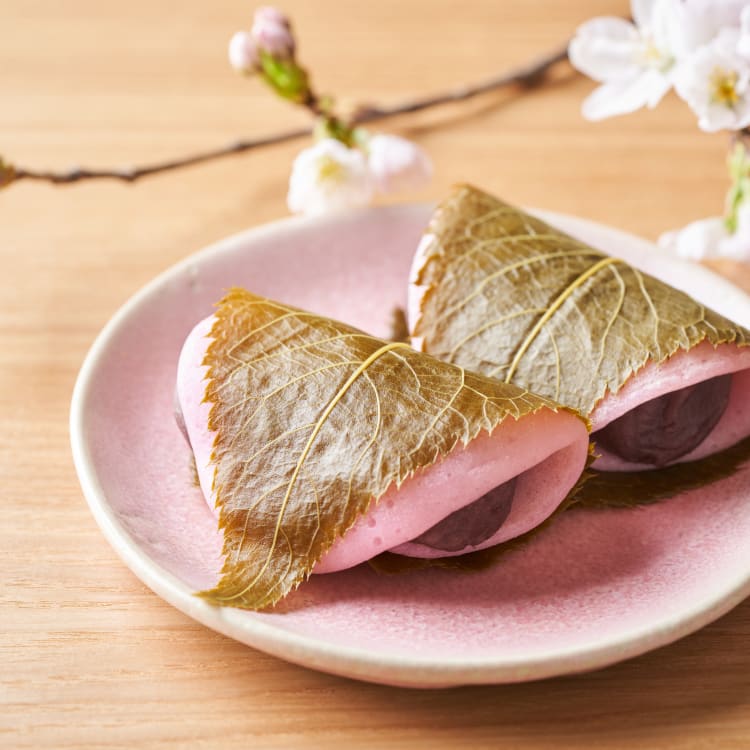
Story
Wagashi: A delectable art form
Learn the craft of traditional Japanese confectionery
By JNTO on 06 April 2021
Wagashi refers to traditional Japanese confectionery, created with the principles of aesthetic beauty and the passing of the seasons. While it was created as an edible piece of art for Japanese nobles to enjoy during tea time, it has evolved over time to represent a quintessential Japanese confectionery available to everyone.
Today, you can find wagashi in a variety of shapes, colours, and flavours – some are popular across the country and available year round, while some are regional specialties only available during certain seasons.
The many types of wagashi
The most common flavour is anko, (sweet azuki red bean paste) and you can find anko-filled wagashi like dorayaki, steamed manju buns, and the fish-shaped taiyaki. Some wagashi contain white bean paste, chestnut paste, and sesame paste.

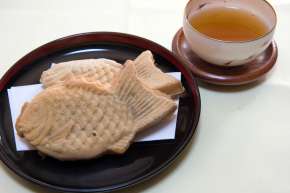
Mochi, or glutinous rice, is another common ingredient used to make daifuku (stuffed mochi) and sakura mochi, which is wrapped in salted sakura leaf. Dango (rice flour dumpling) is also popular, usually served on skewers in both sweet or savoury flavours.
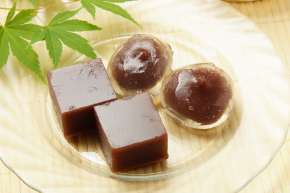
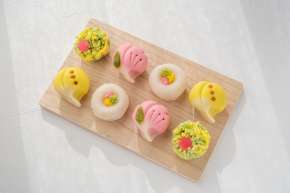
Another type of wagashi is yokan – made of kanten (Japanese agar), it is a block of firm jelly-like snack that comes in flavours wuch as green tea, azuki red bean and black sugar.
Nerikiri: The origin of wagashi
Wagashi is often represented by the nerikiri, which are intricately crafted colourful confectioneries categorised as a namagashi, which means raw or fresh, so the ingredients are uncooked and best eaten immediately.
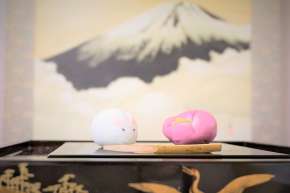

Made from brightly-coloured gyuhi (rice flour) and shiroan (sweet white bean paste), they are usually fashioned by hand into shapes inspired by nature, such as fruits, leaves and flowers, and reflect the changing seasons – like chestnuts in autumn and cherry blossoms in spring. These slightly sweet delicacy pairs exceptionally well with matcha, so they are often served at a traditional tea ceremony.
Nerikiri workshop in Asakusa
You can find wagashi at some cafes, restaurants and other places green tea is served. They can also be purchased at department stores and specialty sweet shops as souvenirs and are usually packaged beautifully, ready as a gift.
In Tokyo’s historic Asakusa district, the Nakamise shopping street boasts a number of historic specialty wagashi stores, like the 130-year-old Kototoi Dango and Chomeiji Sakuramochi which is said to be founded in 1717.
If you want to take home a delectable one-of-a-kind souvenir, you can also make your own wagashi! Just steps away from the famous Kaminarimon – the red entrance gate of Sensoji Temple – is Jidaiya, where you can experience a number of traditional Japanese cultural activities, including making wagashi.
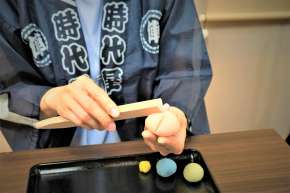

Their wagashi-making experience provides you with the tools and raw ingredients (gyuhi and shiroan coloured in food dye) for you to create your own nerikiri. The texture is similar to marzipan, so it is easily kneaded and sculpted into gorgeous little shapes inspired by nature and the season.
There is no rule about the shape or colour of nerikiri; making wagashi is not difficult but requires a bit of practice and patience to master the art.
There are two wagashi courses at Jidaiya: Course A is a 60-minute session where you learn the basics of making wagashi by producing two different shapes, one of which is the typical sakura-shaped nerikiri. The 100-minute Course B includes the basic workshop and additional time for you to create your own unique design. An authentic traditional wooden mold used by professionals is available to students.
After the course, you can enjoy your nerikiri immediately or take it home with you (a takeout case is available) to be consumed within the day.
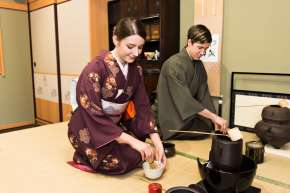
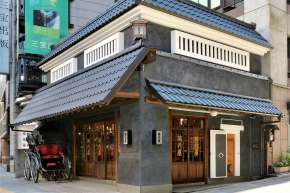
For additional fees, you can pair your handmade wagashi with a matcha tea experience where you learn how to make matcha with a special whisk, or a tea ceremony experience performed by a professional. You can also opt to attend the wagashi class dressed in a rented kimono or yukata (during summer) for memorable photos of your unforgettable experience.
Jidaiya
Duration: 60-100 minutes
Fees: Course A (60 minutes) 5,500 yen/person; Course B (100 minutes) 9,900 yen/person.
Combine with matcha tea-making extra 1,100 yen/person; with tea ceremony extra 3,300 yen/person.
Kimono rental 4,400 yen/person, yukata rental 3,300 yen/person.
Access: Jidaiya is a short walk from Asakusa Station (Exit A5) and Kaminarimon
Website: Official Website
















































